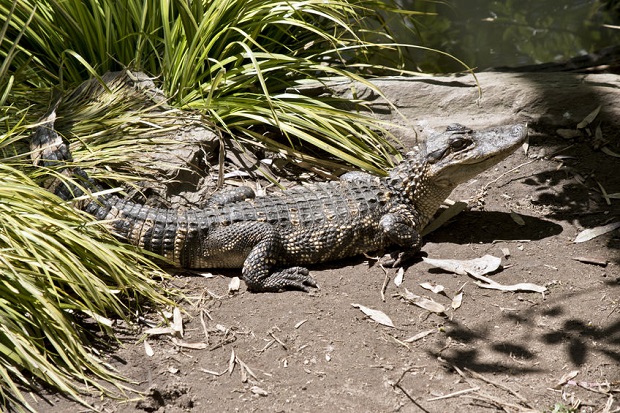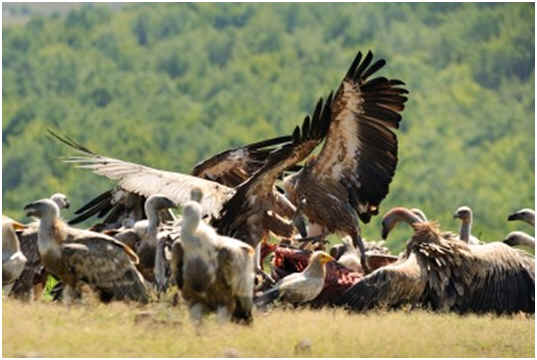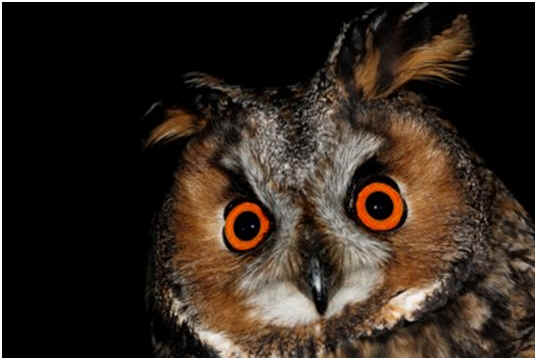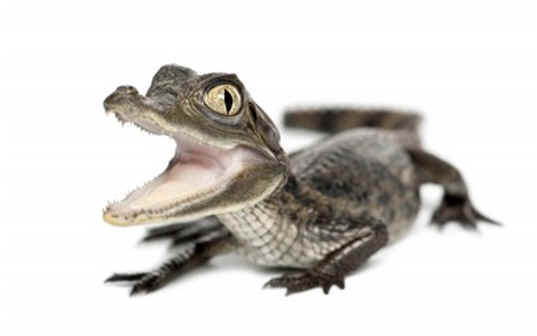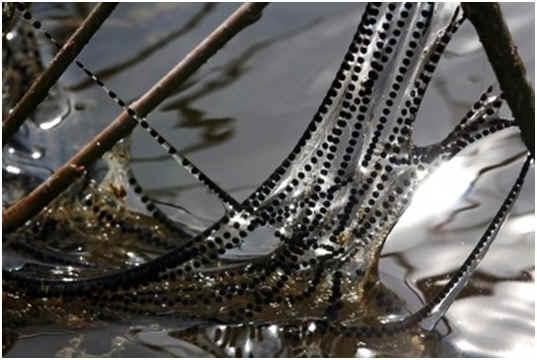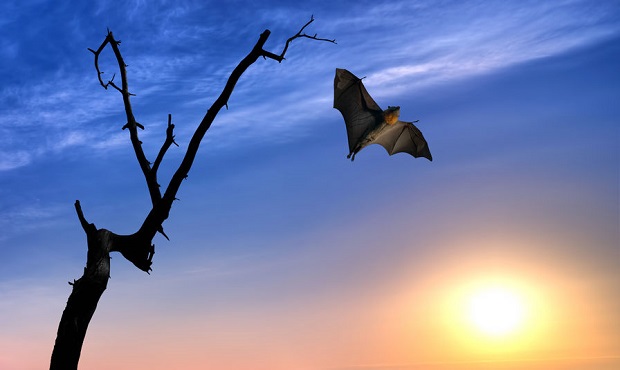
Along with such well-known components as wings, low-density bones, and a highly attuned sense of echolocation, scientists recently uncovered a surprising and heretofore overlooked factor underpinning the evolutionary development of bat flight. As a species, they possess an uncanny ability to turn food into energy.
When researchers at the Chinese Academy of Sciences compared the mitochondrial genes of four different kinds of bats to those of 60 other mammals, they found that 23% of a critical subset responsible for fueling the enzymes that break down nutrients showed signs of adaptation. Unlike flying squirrels, which simply glide across gaps separating one tree from another, bats constantly flap their wings when awake. As a result, they require three to five times more energy than other mammals their size.
Another study published in 2008 found that bats can use their skeletal finger bones and muscle fibers to precisely control the curvature of each wing, making split-second adjustments to guard against the powerful forces of gravity. For example, a nectar-eating bat hovering in mid-air creates a mini-cyclone effect at the tip of each wing by curving its wings at a certain angle and flapping them three times per second. What’s more, the surface of a bat’s wings is covered with sensors that are constantly relaying information back to the animal’s brain.
One of the scientists involved with this study professed that even after full analysis, he and his colleagues were still not entirely sure how the wing sensors system worked. This points up a new golden rule when it comes to answering simple questions such as ‘How Do Bats Fly?’ As science perfects its measurement and observation methods, new layers of information are being discovered that reconfigure how these questions must be answered.
Resources
- “Adaptive evolution of energy metabolism genes and the origin of flight in bats .” Proceedings of the National Academy of Sciences. N.p., n.d. Web. 13 June 2011. http://www.pnas.org/content/early/2010/04/12/0912613107.short.
- “Bat Flight Generates Complex Aerodynamic Tracks .” Science. N.p., n.d. Web. 13 June 2011. http://www.sciencemag.org/content/316/5826/894.short.
